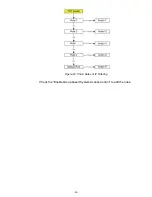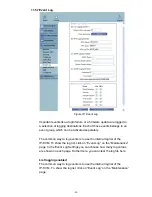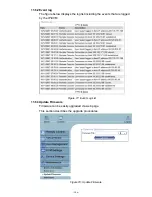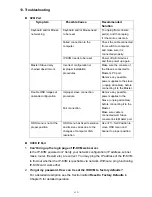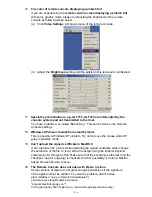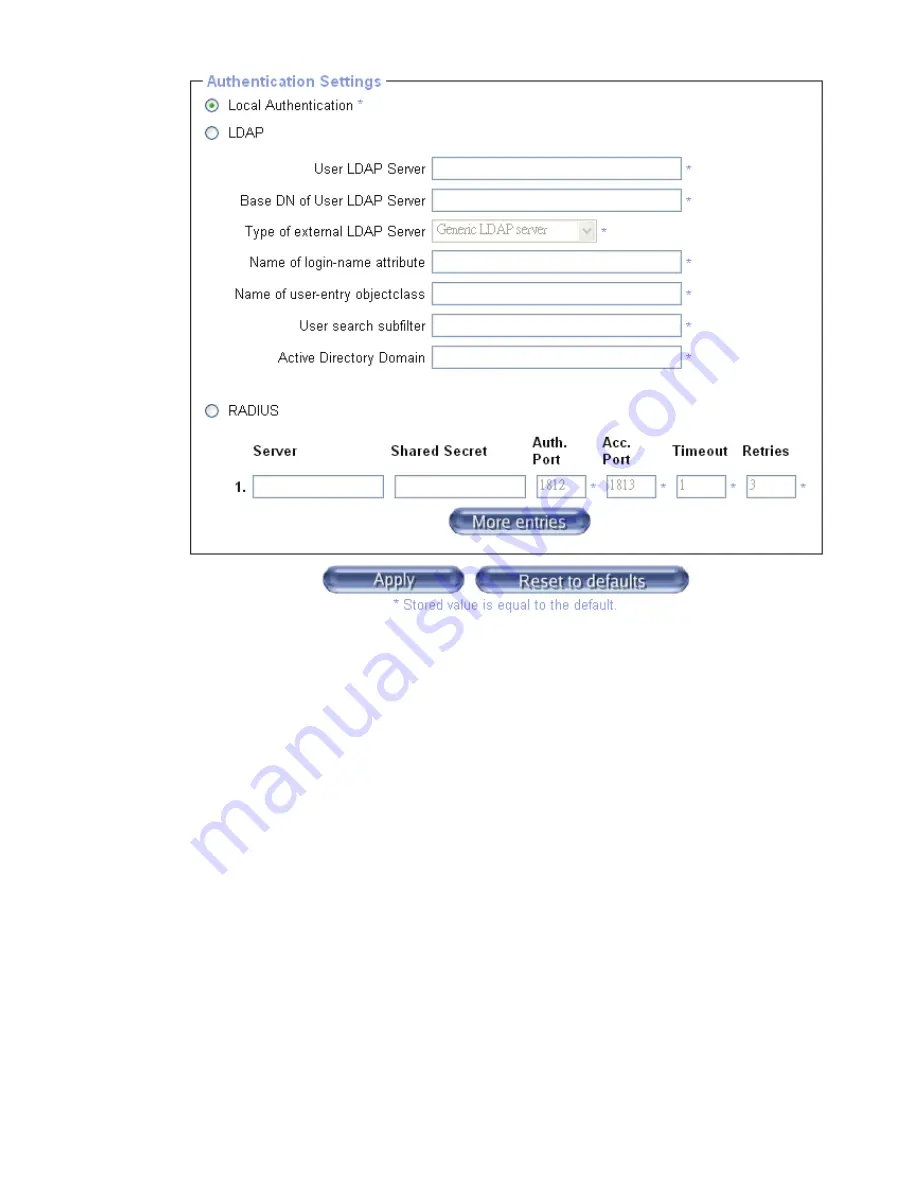
-101-
11.5.8 Event
Log
On this screen you can specify where the IP-KVM will look in order to authenticate the
users. You can use "Local Authentication", this means you need to have created the
user account on the IP-KVM and the user/group information residing on the IP-KVM for
authentication.
The other options allow you to specify an LDAP or a RADIUS Server to use for the login
authentication. These methods are very useful when you want to map users into specific
groups which have certain privileges. It is usually far easier and simpler to refer to
already existing groups, rather than having to re-enter everything into the IP-KVM.
Note:
Whatever you configure, you can always login over the network as the superuser
"super". The superuser is always authenticated and authorized locally, so you
always have a "back door" to the IP-KVM.
LDAP Access
The IP-KVM uses LDAP only for authentication (password verification). User privileges
and private settings are still stored locally at the IP-KVM. That’s why a user account has
to be created on the IP-KVM before this user can login via LDAP. Also, all privilege
configurations have to be done within the IP-KVM user management.




